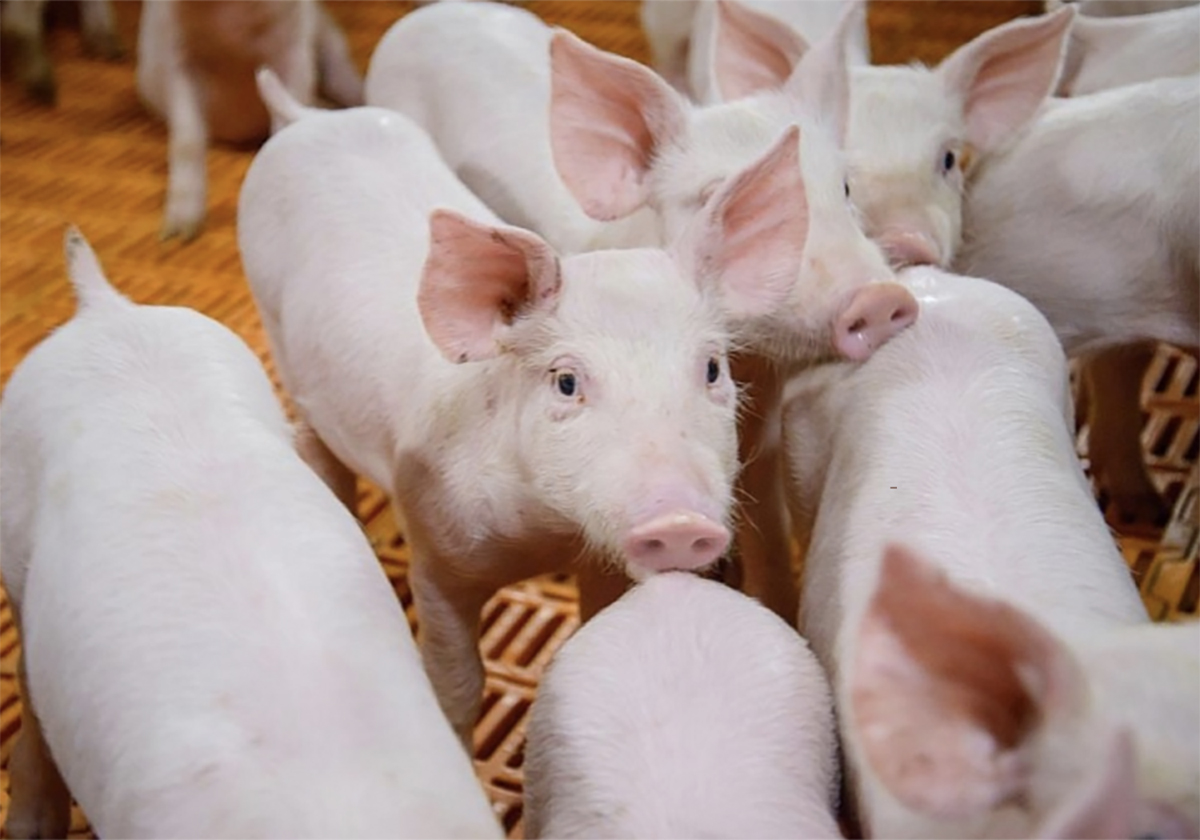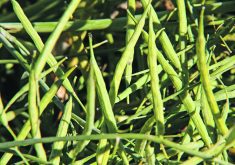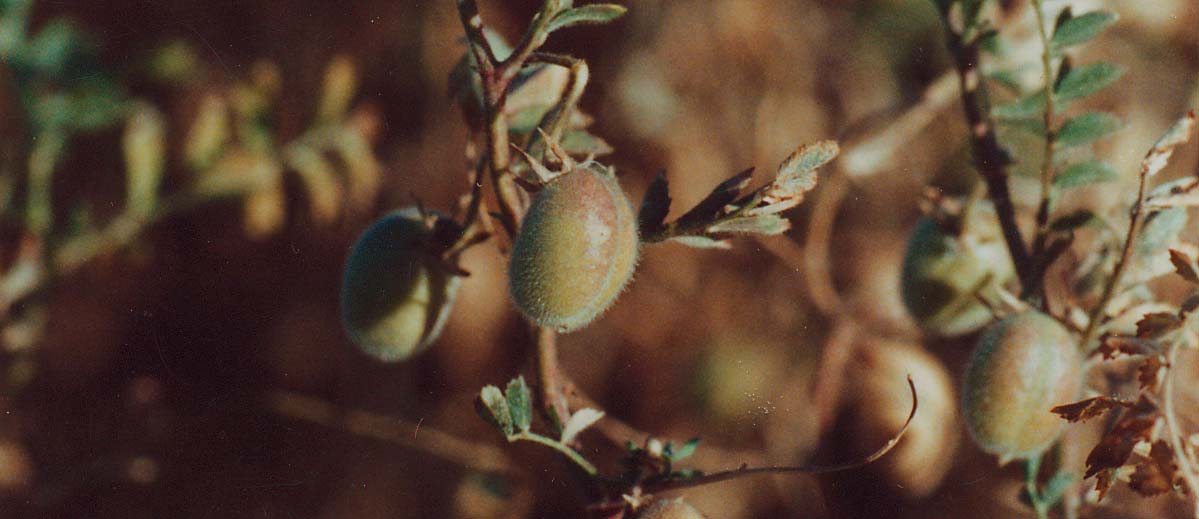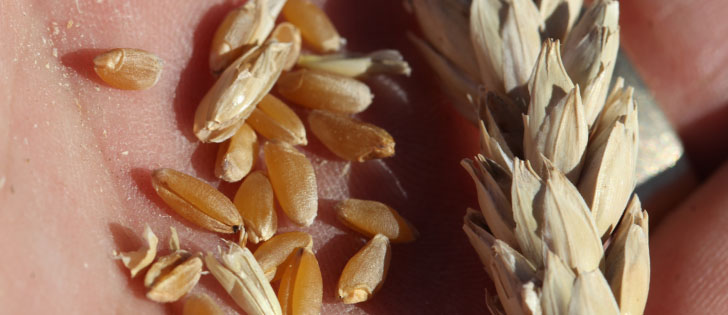EDMONTON – Lowlines may be little, but they made a big splash at their first breed sale in Canada.
A bred heifer owned by Big Island Lowlines of Edmonton sold for $8,000 at the inaugural Canadian National Lowline sale at Farmfair International.
The 10 fullblood Lowline females sold for an average of $4,660, ranging from $8,000 to $2,000. Seven percentage females, mostly halfblood, bred Red Angus, sold for an average price of $1,314.
“I think we did pretty good,” said Barbara Gotaas of Big Island Lowlines. “I’m pretty happy with that average.”
Read Also

The Western Producer Livestock Report – August 28, 2025
Western Producer Livestock Report for August 28, 2025. See U.S. & Canadian hog prices, Canadian bison & lamb market data and sales insights.
Gotaas said Lowline producers began thinking about holding a Canadian sale after successful sales in Denver.
“It legitimizes us as a breed,” said her father-in-law, Paul Gotaas.
“For us to have a sale gives us some exposure.”
The number of Lowline cattle in Canada is now high enough to hold the sale. There are 433 registered fullblood Lowlines in the country, up from 300 two years ago.
Like other exotic cattle breeds, the Lowline association allows the breeding of percentage animals until they reach 15/16 and can then qualify as fullblood. There are about 40 percentage Lowlines, bred to either Black or Red Angus.
“There has been a steady increase in the number of Lowlines registered,” Barbara Gotaas said.
Lowlines were recognized as a distinct breed in Canada in 1998.
They are Australian, but the original stock was from Glencarnock Ranch, an Aberdeen Angus breeder from Brandon. Other lines were introduced for the next 35 years before the herd was closed. It was divided into three groups based on yearling growth rates: High Lines, Low Lines and Control Lines.
In 1992, the Lowline breed was created out of the Australian research project. In 1996, six Lowline cattle were brought to Canada.
Kyle Twa of Twa Cattle Company in High River, Alta., bought the high selling animal at the national sale as a way to introduce new blood lines into his Lowline herd.
“Its blood lines were different and she had been bred to an Australian bloodline different than ours,” said Twa, who has raised Lowlines since 2006.
He said the national sale, in conjunction with the breed’s third national show, was an important milestone.
“It’s important for the association and the cattle community to understand the value of what they’re worth,” he said.
“It’s a public acceptance.”
Paul Gotaas said hosting the national sale will give the breed the extra momentum it needs to grow.
Hundreds of Lowline herds exist in the United States. There are about 30 in Canada.
“We started nine years ago here with a week old bottle fed bull calf,” said Gotaas, whose Big Island Lowline herd numbers about 130.
“We’ve come a long way since then.”
Earlier in the show, two buyers from England verbally agreed to begin the process of importing 14 heifer calves from Canada to England. The animals are expected to be ready for shipment in mid-April.
















